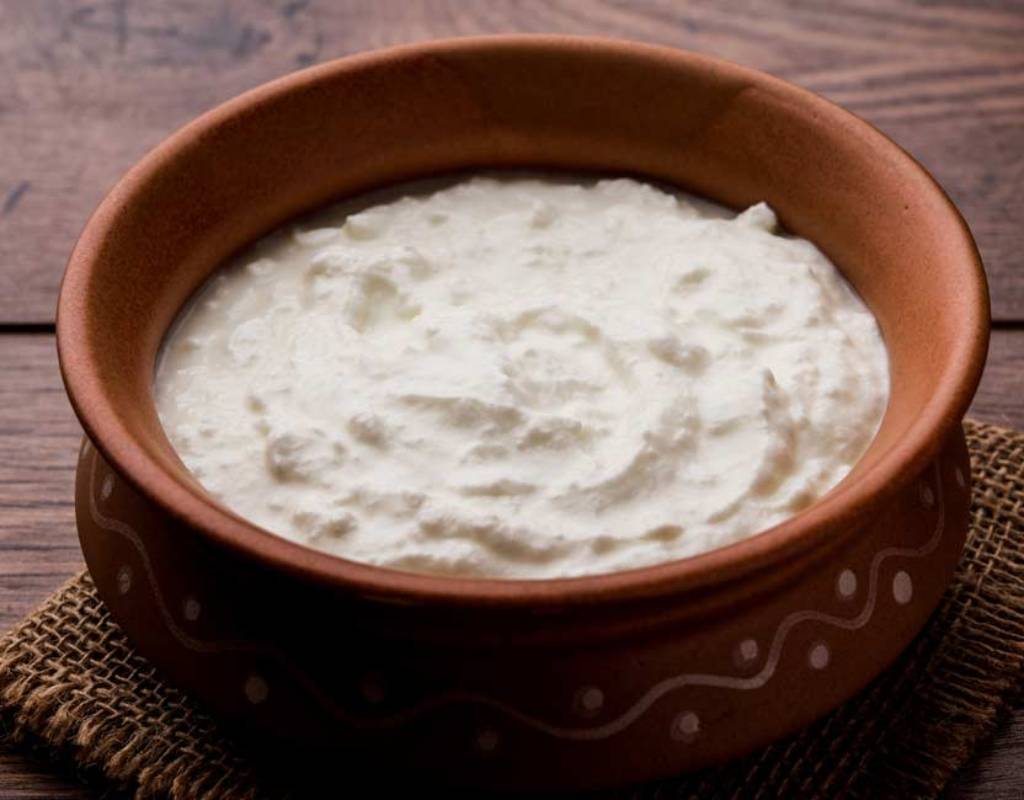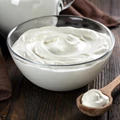
Indian households simply love to keep a bowl of curd handy during summer as having it with the meals adds extra flavour to it and further helps in digestion. Besides this, we also need it to prepare a cold glass of mint Chaas, sweet Lassi, spicy Raita, and delicious Kadhi during the scorching heat.
But during winters, we stop setting curd at home as the lack of moisture and low-temperature causes hurdles for bacterial growth in the milk, making it difficult to turn it into curd.
However, that's not the reason for you to stop preparing homemade curd and buy the packaged one when in need during the cold days, as a few simple tips and tricks can help with the issue and you can relish a thick and smooth yougurt these winters.
How to set curd in winters:
Set the curd in the morning hours
As mornings and day-time are warmer as compared to the evenings in the season, it’s best to set curd during the morning hours. If sunlight graces your kitchen in the winters, the high temperature would certainly help to prepare the curd faster.
Heat up the milk
While slightly warm milk is used to set curd during the hot weather, you will have to use warmer milk on cold days to set curd. Hence, before adding the milk with culture, make sure to warm it slightly more than lukewarm, but ensure that it’s not too hot.
Use a Casserole
In the summer, you are free to place curd in any form of steel or glass container. However, utilising a casserole works better in colder climates. Pour the ingredients into a casserole and proceed similarly to setting curd. The insulated container prevents heat from escaping, which encourages the growth of bacteria.
Use more amount of culture
Simply double the starter (set curd) that should be added to warm milk during the winter. For instance, if you use one tablespoon of milk in the summer, use two teaspoons of milk in the winter.
Use warm water
It also works well to add some warm water to a casserole before adding your container and the ingredients. To ensure that the warm water stays warm until the curd is set, close the casserole properly.
The microwave hack
Keep the container in a dark, closed area after combining the milk and culture. The optimum location is in an illuminated microwave. It serves as a properly enclosed space with just the right amount of heart-shaped light emanating from it.
The wrapping trick
A warm towel wrapped around the container can help it radiate heat, which is a fantastic additional tip. To keep the heat in, make sure the wrapping is adequate.
















